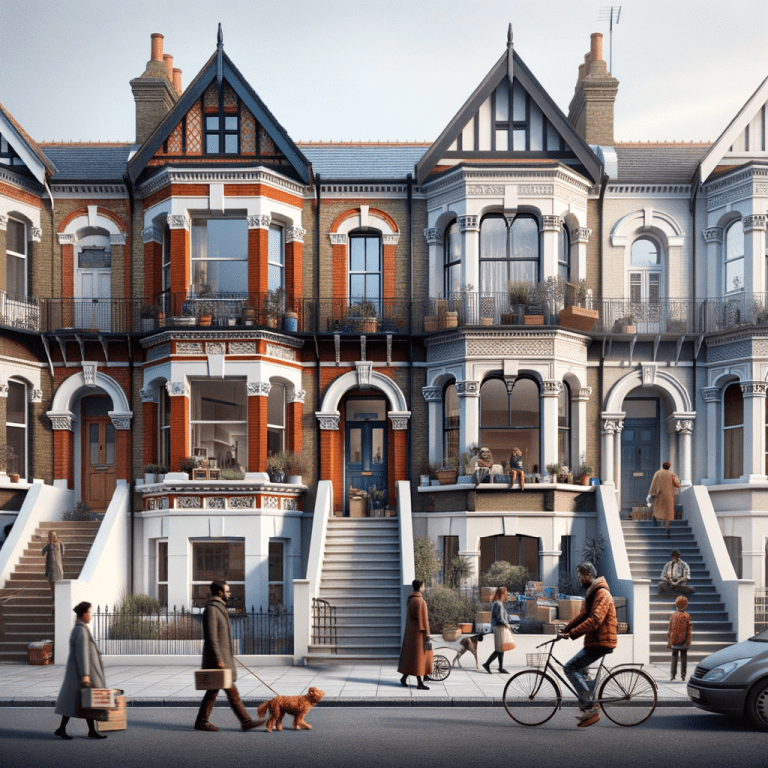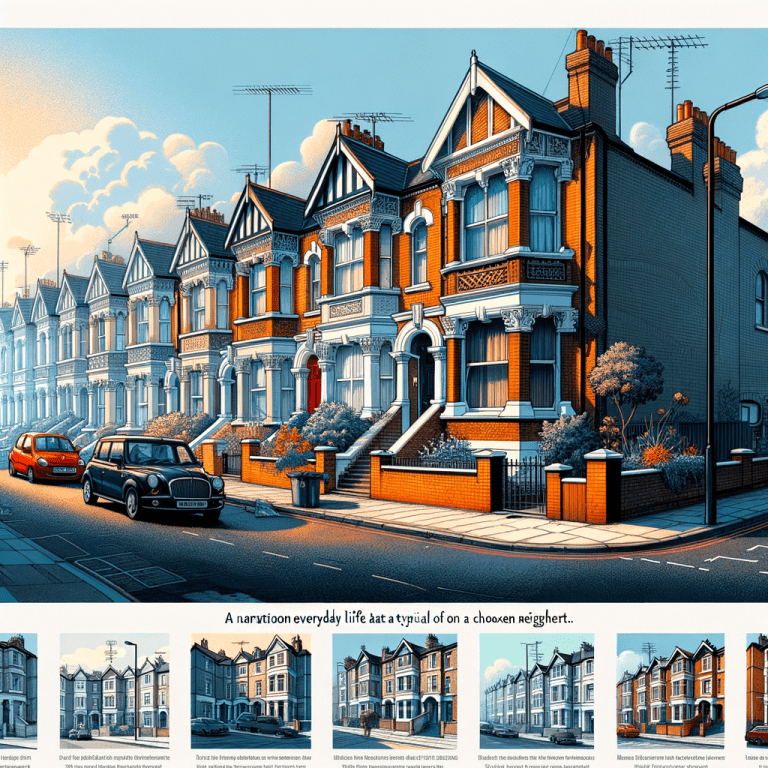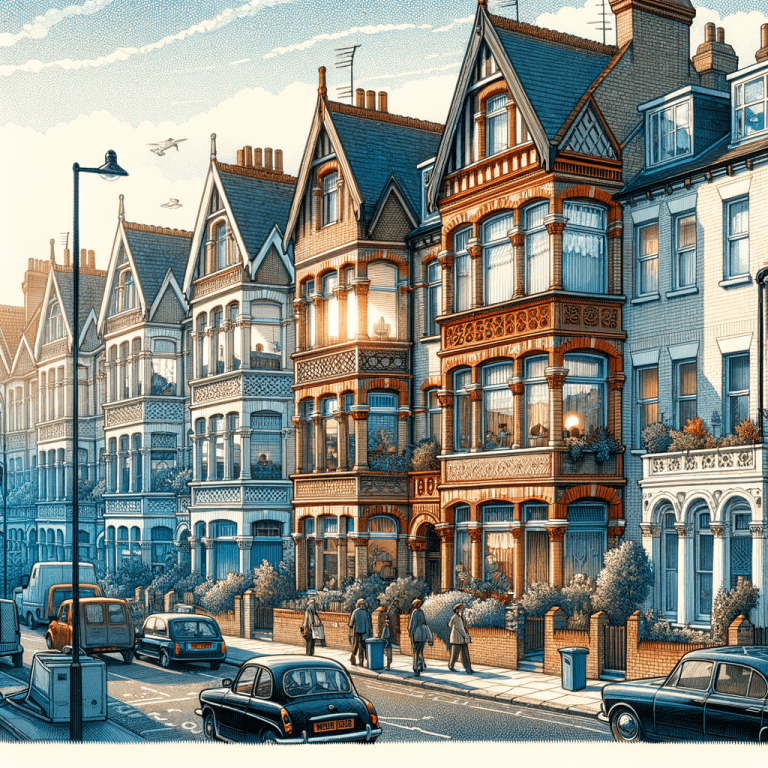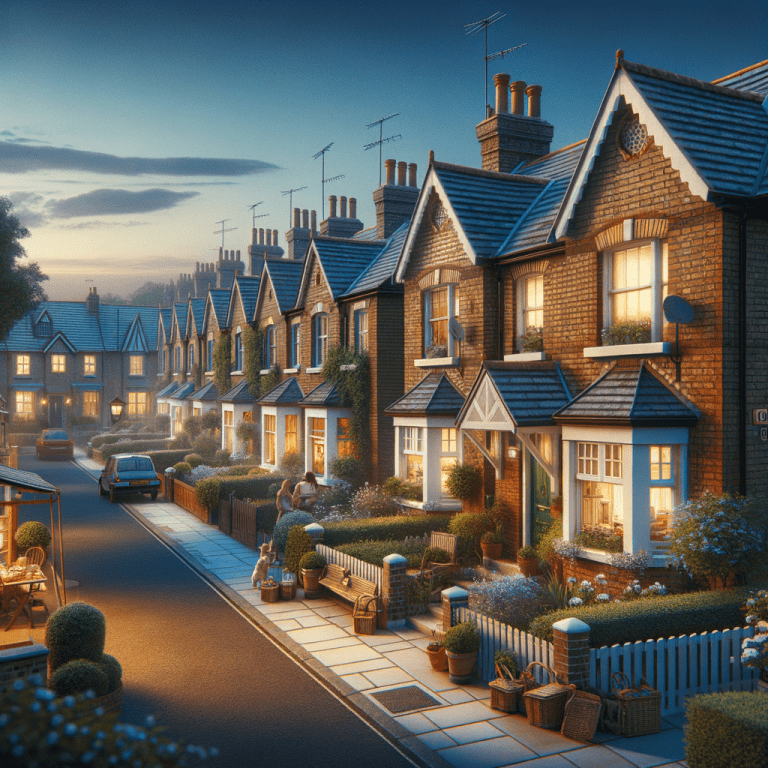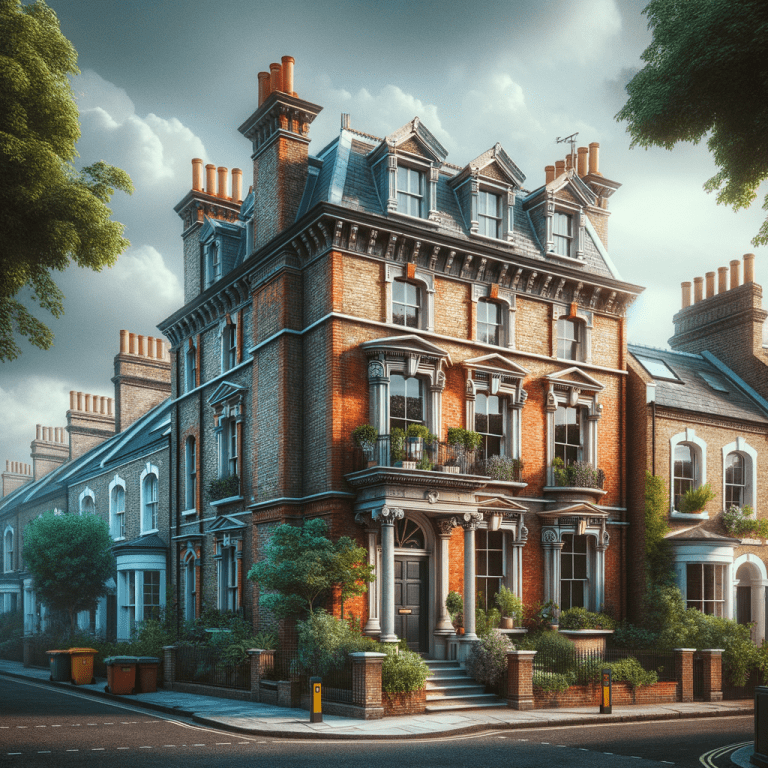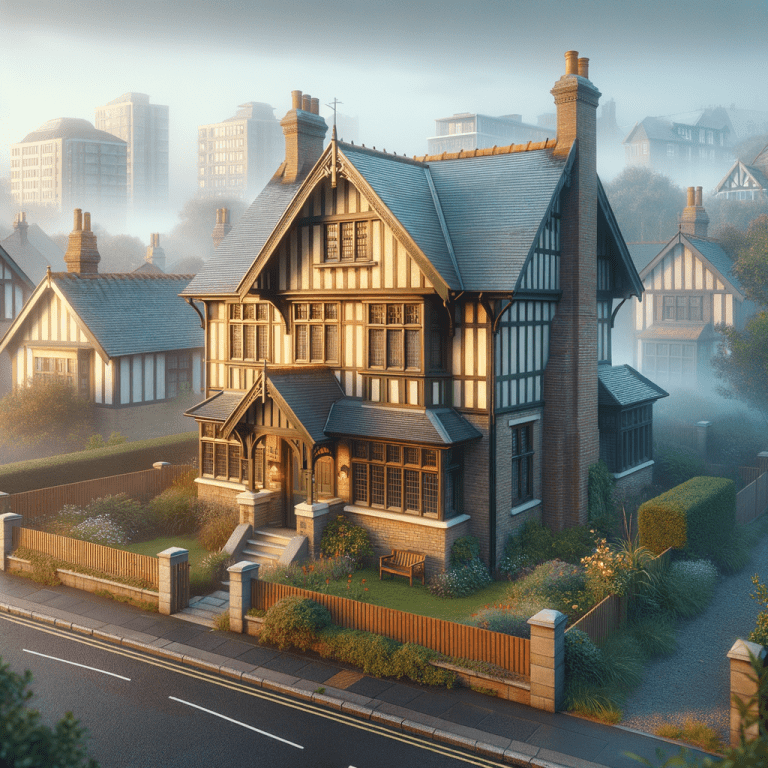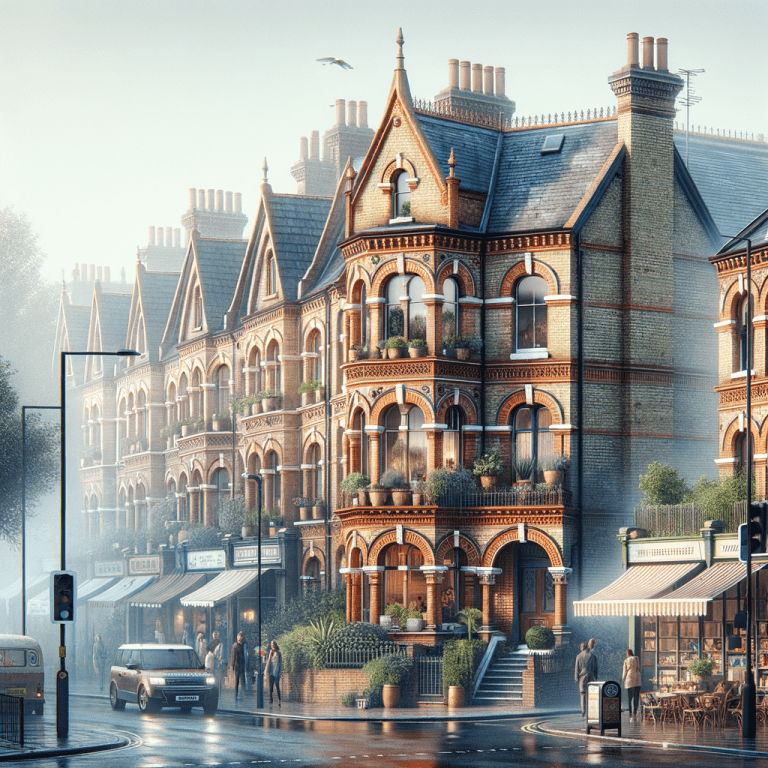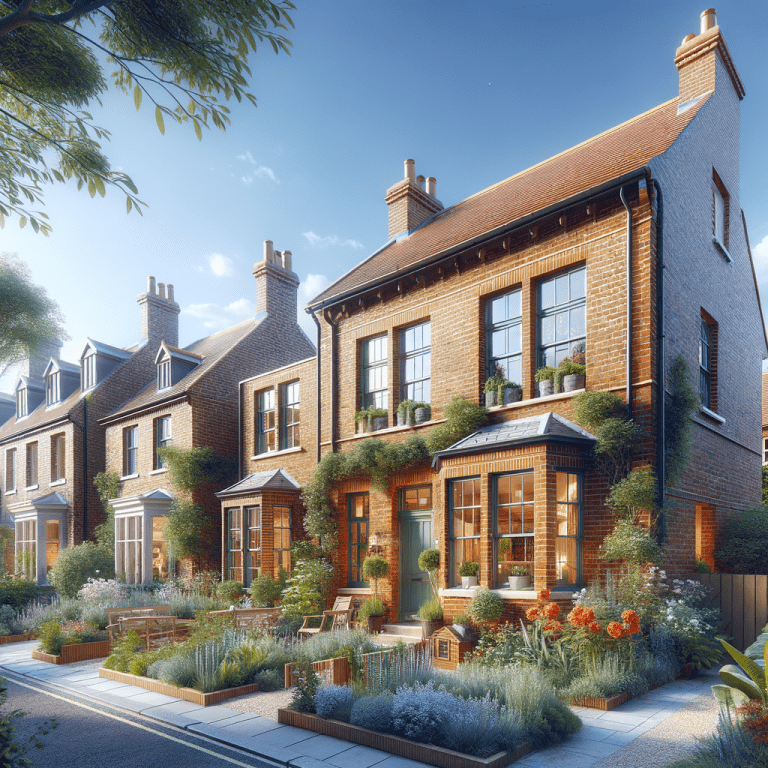Property Insights: Langdon Crescent, London E6
We have recently undertaken a building survey of a property on Langdon Crescent, London E6. Our surveyor shares the findings to give you an idea of what to consider when buying a property in this area. Langdon Crescent, located in the vibrant borough of Newham, is a road that features a mix of residential properties, primarily constructed in the mid-20th century. These homes, typically built in the 1950s and 1960s, come with their own set of common defects and considerations for potential buyers.
Typical Defects in Mid-20th Century Properties Properties from this era often exhibit certain recurring issues due to the construction methods and materials used at the time. Here are some typical defects you might encounter: Damp and Moisture Penetration: Many homes from the 1950s and 1960s suffer…


